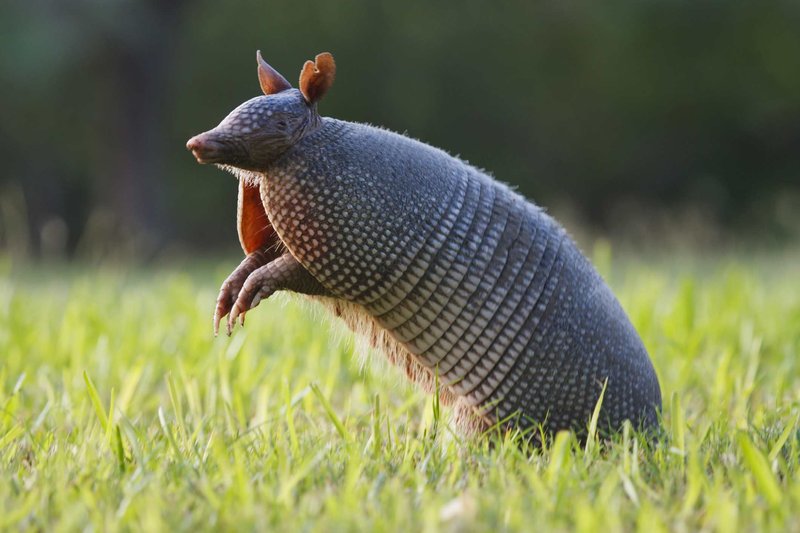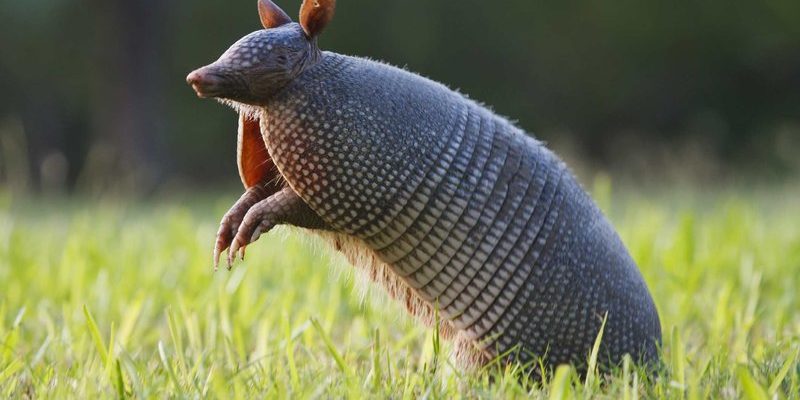
In this article, we’re going to explore the question: Is the armadillo endangered? We’ll look into their habitats, the challenges they face, and what conservation efforts are in place around the globe. By the end, you’ll have a clearer picture of these fascinating creatures and why their survival matters to all of us.
Understanding Armadillos: The Basics
Armadillos are fascinating creatures that belong to the family Dasypodidae. Their name comes from the Spanish word for “little armored one,” which perfectly describes their distinctive dermal armor. The most well-known species, the nine-banded armadillo, is native to the Americas and can often be spotted rummaging through leaf litter or digging for insects.
You might be wondering what makes armadillos so special. Well, aside from their unique appearance, they play a crucial role in their environments. They are natural tillers of the soil, aerating it as they dig, which benefits plant growth. They also help control insect populations, keeping ecosystems healthy. But despite these important roles, their survival is increasingly at risk.
Types of Armadillos and Their Conservation Status
There are about 21 different species of armadillos, but not all of them are equally at risk. For example, the nine-banded armadillo is relatively stable, with a wide range across the southern United States to South America. However, other species, like the Brazilian three-banded armadillo, are listed as vulnerable or endangered due to habitat loss and hunting pressures.
The International Union for Conservation of Nature (IUCN) maintains a Red List which categorizes species based on their extinction risk. For armadillos, this list reveals a troubling trend. Many species are experiencing significant declines, primarily due to human activities. As we continue to expand urban spaces or clear land for agriculture, these creatures lose their habitats.
The Threats Facing Armadillos
Understanding the threats facing armadillos is key to appreciating their conservation needs. There are several major factors contributing to their peril:
- Habitat Loss: As forests are cut down and natural areas are developed for agriculture or urban use, armadillos have fewer places to live and find food.
- Road Mortality: Many armadillos are killed while crossing roads. They are instinctively drawn to open spaces but often underestimate traffic dangers.
- Climate Change: Changes in climate can alter their habitats, affecting their food sources and breeding grounds.
- Hunting and Poaching: In some regions, armadillos are hunted for food or sport, further reducing their numbers.
These threats remind us that the future of armadillos is closely tied to human actions. By recognizing our impact, we can better advocate for their protection.
Conservation Efforts and Success Stories
Despite the challenges, numerous organizations are actively working to protect armadillos. These efforts range from habitat restoration to public education initiatives. Let’s look at some of the key strategies:
One effective approach has been the establishment of protected areas where armadillos can live without human interference. These wildlife reserves offer safe habitats that allow populations to thrive. For example, regions in Brazil have seen significant conservation efforts aimed at protecting the Brazilian three-banded armadillo and its habitat.
Additionally, educational programs that raise awareness about the importance of armadillos can make a significant difference. By informing local communities about armadillos’ ecological roles, we foster understanding and support for conservation initiatives.
What Can You Do to Help Armadillos?
You might feel a bit helpless when thinking about global conservation, but every effort counts. Here are some simple ways you can make a difference for armadillos and their habitats:
- Support Conservation Organizations: Donate to or volunteer with groups dedicated to wildlife protection. Your contributions can help fund conservation projects.
- Spread Awareness: Talk to friends and family about the importance of armadillos. The more people know, the more likely they are to take action.
- Be Mindful of Your Surroundings: If you live in areas where armadillos are native, be cautious while driving, especially at night when they are more active.
Even small actions can create ripples of change, ultimately benefiting these remarkable creatures.
The Bigger Picture: Ecosystem Health and Biodiversity
So why should we care about armadillos? Honestly, their survival is intertwined with the health of our ecosystems. Biodiversity is essential for healthy environments, and each species plays a role, no matter how small. The decline of armadillos can signal larger issues within their ecosystems, prompting us to pay attention.
Think of armadillos as indicators of biodiversity. Protecting their populations can lead to healthier habitats for various species, including plants and other animals. By focusing on conserving armadillos, we can make a positive impact on broader environmental health.
To wrap it all up, armadillos may seem like tiny, armored creatures, but their role in our ecosystems is anything but small. As some species face the risk of extinction, it’s vital that we understand the threats they encounter and support conservation measures.
By working together—whether through supporting organizations, sharing knowledge, or simply being mindful of our impact—we can help ensure that these fascinating creatures continue to thrive. So the next time you think of armadillos, remember, they’re not just quirky animals; they are symbols of our shared responsibility to protect the planet and its diverse inhabitants. Let’s make sure they’re around for generations to come.

